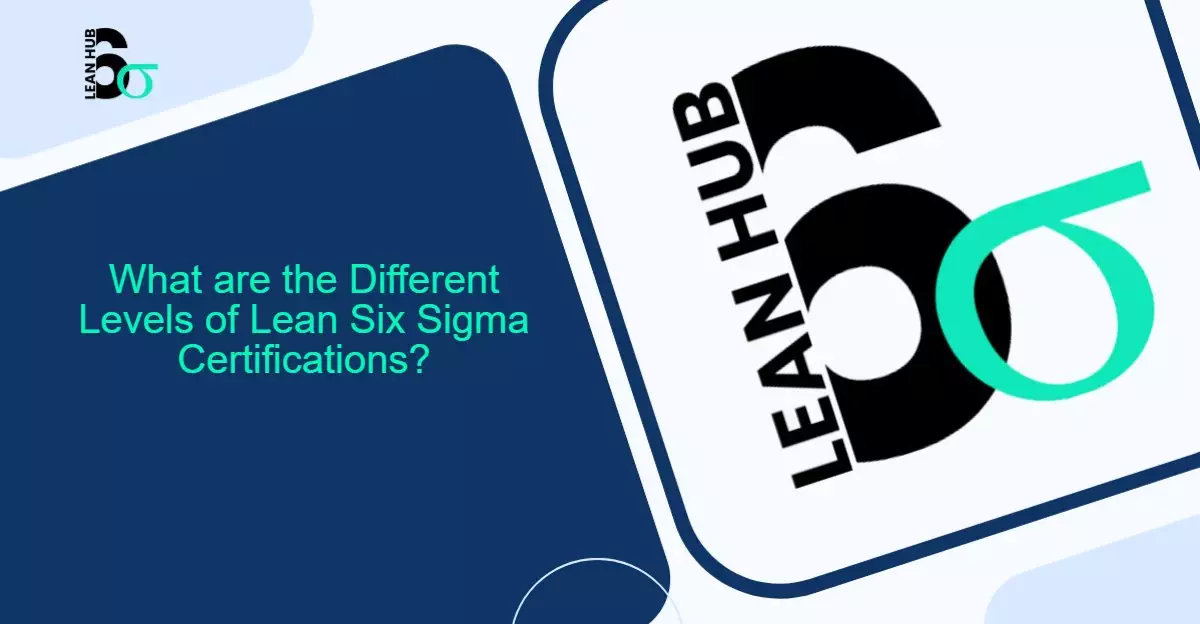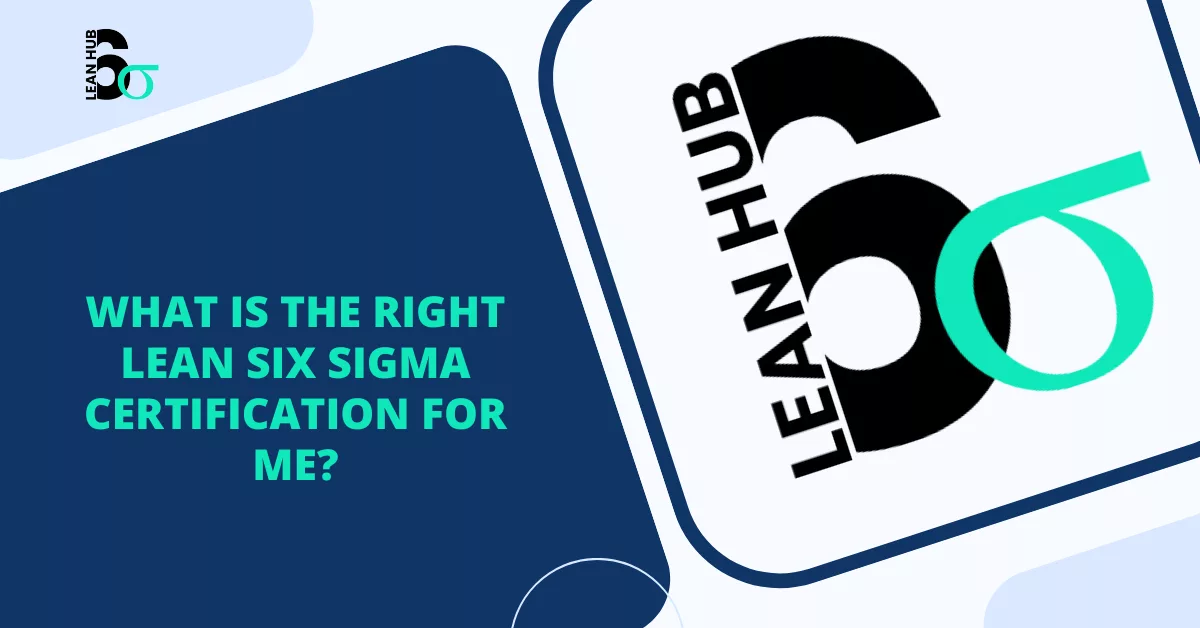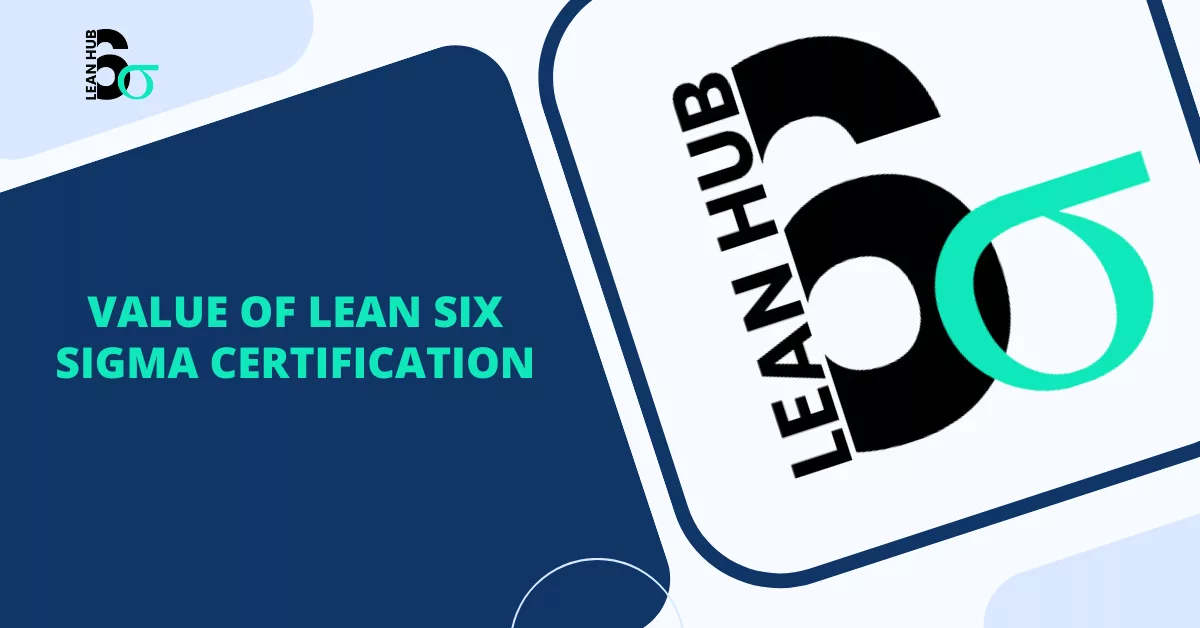Introduction: What Are the Levels of Lean Six Sigma?
Lean Six Sigma offers a structured certification path designed to build skills progressively. The different Lean Six Sigma certification levels, often referred to as “belts,” follow a hierarchy similar to martial arts and reflect increasing levels of expertise, responsibility, and leadership in process improvement.
Whether you’re just getting started or aiming to lead large-scale enterprise transformations, understanding the levels of Lean Six Sigma certification helps you plan your learning path and career progression effectively.
Overview of Lean Six Sigma Belt Levels
There are typically five main Lean Six Sigma certification levels, each representing a different role, depth of knowledge, and project scope.
1. White Belt – Awareness Level (Optional Entry Point)
- Who it’s for: Absolute beginners or non-technical team members
- Focus: Basic awareness of Lean Six Sigma concepts and terminology
- Typical Role: Support improvement teams with foundational knowledge
- Certification Duration: A few hours to 1 day
Example: At Jv’s Pizza, a cashier with White Belt training understands how customer feedback helps shape improvement projects.
2. Yellow Belt – Team Contributor
- Who it’s for: Team members involved in improvement projects
- Focus: Introduction to Lean and Six Sigma principles, process mapping, data basics
- Typical Role: Participate in projects under the guidance of Green or Black Belts
- Certification Duration: 1–3 days or online self-paced
Example: A pizza delivery driver trained as a Yellow Belt identifies route delay patterns and supports data collection efforts.
3. Green Belt – Project Leader
- Who it’s for: Mid-level professionals leading part-time improvement projects
- Focus: DMAIC methodology, data analysis, root cause analysis, improvement planning
- Typical Role: Lead small to medium-scale Lean Six Sigma projects
- Certification Duration: 2–4 weeks, often includes project completion
Example: A store manager at Jv’s Pizza uses Green Belt skills to reduce order-to-delivery time by 30% using structured analysis.
4. Black Belt – Change Leader & Data Expert
- Who it’s for: Full-time improvement professionals, analysts, or department leads
- Focus: Advanced statistical analysis, project management, team leadership
- Typical Role: Lead large cross-functional projects, mentor Green Belts
- Certification Duration: 3–6 months, includes a completed high-impact project
Example: A regional operations lead uses Black Belt skills to standardize kitchen workflows across 10 locations, cutting prep errors by 50%.
5. Master Black Belt – Strategic Coach & Program Architect
- Who it’s for: Senior leaders responsible for Lean Six Sigma deployment
- Focus: Strategic alignment, coaching, training, governance, portfolio management
- Typical Role: Mentor Black Belts, build enterprise programs, report to executives
- Certification Duration: 6–12 months, includes training delivery, project portfolio oversight
Example: The operations director at Jv’s Pizza corporate guides the full Lean Six Sigma program across 50 stores, focusing on enterprise-wide transformation.
Additional Roles: Champion & Executive Sponsor
While not part of the belt system, these roles are critical for success:
- Champion: Mid-level manager who sponsors and supports project leaders
- Executive Sponsor: Senior executive responsible for strategic alignment and funding
Both roles should understand Lean Six Sigma principles to support cultural and financial success.
Summary Table: Lean Six Sigma Belt Levels
| Level | Role | Focus Area | Project Scope |
|---|---|---|---|
| White Belt | Awareness | Basic concepts | Observation and support |
| Yellow Belt | Team Member | Process understanding, data basics | Supports improvement projects |
| Green Belt | Project Leader | DMAIC, root cause, analysis | Leads single process projects |
| Black Belt | Change Agent | Advanced stats, mentoring, leadership | Leads cross-functional efforts |
| Master Black Belt | Program Strategist | Coaching, deployment, enterprise scale | Builds & governs full program |
Which Lean Six Sigma Certification Should You Choose?
Choose based on:
- Your current role
- Your future goals
- How much time you can commit
- Whether you want to lead, support, or architect improvements
For beginners: Start with Yellow Belt
For project managers or analysts: Go for Green Belt
For full-time continuous improvement professionals: Aim for Black Belt
For strategists and coaches: Pursue Master Black Belt
Final Thoughts: Mastering the Lean Six Sigma Journey
Understanding the Lean Six Sigma certification levels helps you find your place in the improvement journey. Whether you’re contributing at the team level or shaping transformation at the executive level, there’s a belt designed to build your skills and elevate your impact.
Each level is a step toward becoming not just a better professional—but a structured, analytical, and change-ready leader.
Ready to get certified and level up?
Explore Yellow, Green, Black, and Master Black Belt programs at Lean 6 Sigma Hub and start your journey toward operational excellence.








